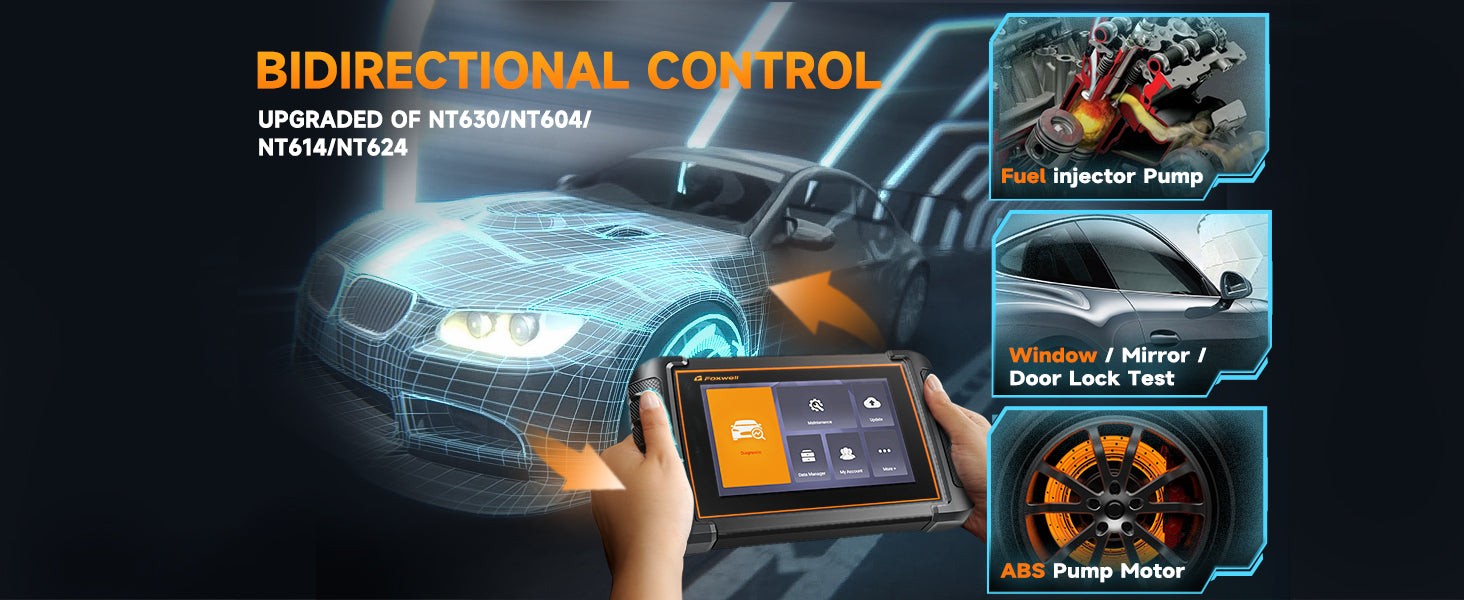Tire Pressure Monitoring Systems (TPMS) are crucial for vehicle safety and efficiency. They provide real-time tire pressure data, alerting drivers to potential issues before they escalate. A common question is whether a standard OBD2 scanner can read TPMS data. This article explores the relationship between OBD2 and TPMS, outlining the capabilities of standard OBD2 scanners and highlighting the need for specialized TPMS tools.
OBD2 Scanners and Their Limitations with TPMS
OBD2 scanners are primarily designed to diagnose engine and emission system problems. They excel at reading and clearing diagnostic trouble codes (DTCs) related to these systems, providing valuable insights into engine health and performance. While some OBD2 scanners can access data from other vehicle systems, their TPMS capabilities are often limited.
Standard OBD2 Functionality:
- Engine Diagnostics: Identifying issues within the engine, such as combustion problems, emissions, and sensor malfunctions.
- Code Reading and Clearing: Reading and clearing generic DTCs across various vehicle makes and models.
- Limited TPMS Access: May offer access to some basic TPMS data, but typically cannot read manufacturer-specific TPMS codes or perform advanced functions like resetting or reprogramming.
The reason for this limitation lies in the fact that TPMS often uses manufacturer-specific communication protocols and codes that are not part of the standard OBD2 protocol. Therefore, a basic OBD2 scanner may not be able to interpret these specialized codes.
Why Specialized TPMS Scanners are Necessary
To fully interact with a vehicle’s TPMS, a specialized scanner is often required. These tools are specifically designed to understand the unique communication protocols used by different TPMS manufacturers.
Key Features of TPMS Scanners:
- Manufacturer-Specific Protocols: Decode and interpret the unique codes used by different car manufacturers for their TPMS.
- Advanced Functionality: Enable TPMS reset, sensor reprogramming, relearn procedures, and system diagnostics.
- Direct TPMS Module Communication: Establish direct communication with the TPMS module for comprehensive data access and control.
- Sensor Programming and Activation: Program new sensors, activate existing sensors, and perform sensor health checks.
- Live Data Monitoring: Display real-time data from each sensor, including pressure, temperature, and battery status.
Choosing the Right TPMS Tool
When selecting a TPMS scanner, consider factors like vehicle compatibility, sensor programming capabilities, ease of use, and features offered. Some popular options include the Foxwell NT310 and NT530, which offer varying levels of TPMS functionality and broader diagnostic capabilities.
Conclusion
While a standard OBD2 scanner might provide limited access to TPMS information, it often falls short of providing the comprehensive functionality needed for TPMS diagnostics and service. Dedicated TPMS scanners are essential for tasks like resetting the system, programming new sensors, and diagnosing complex TPMS issues. Investing in a specialized TPMS tool ensures accurate readings, efficient troubleshooting, and ultimately contributes to maintaining optimal vehicle safety and performance.
